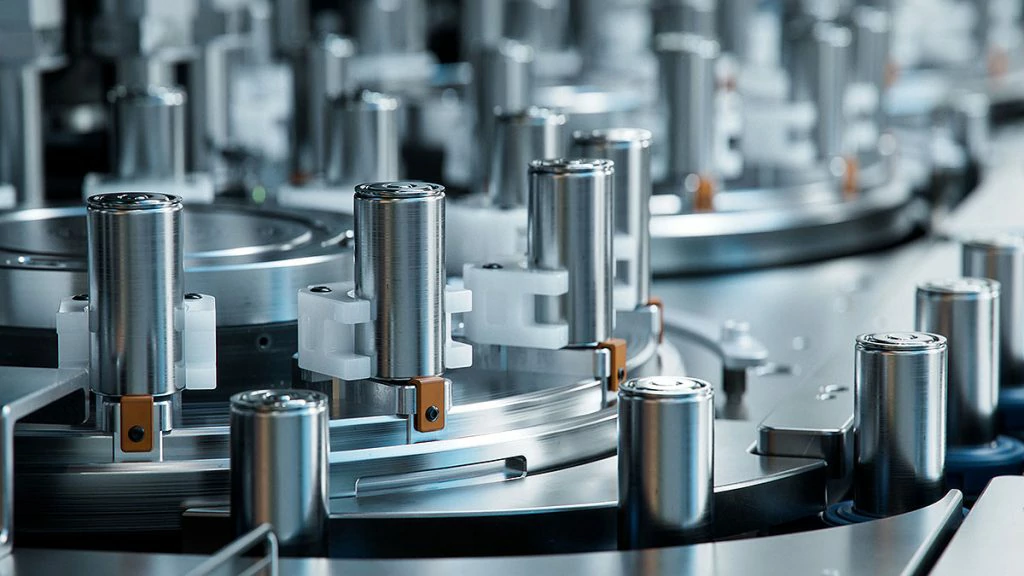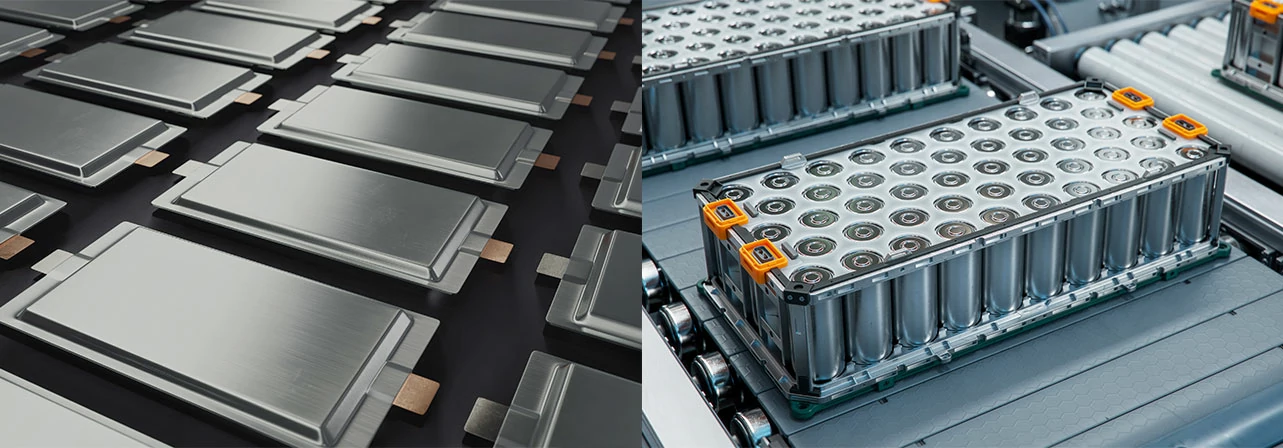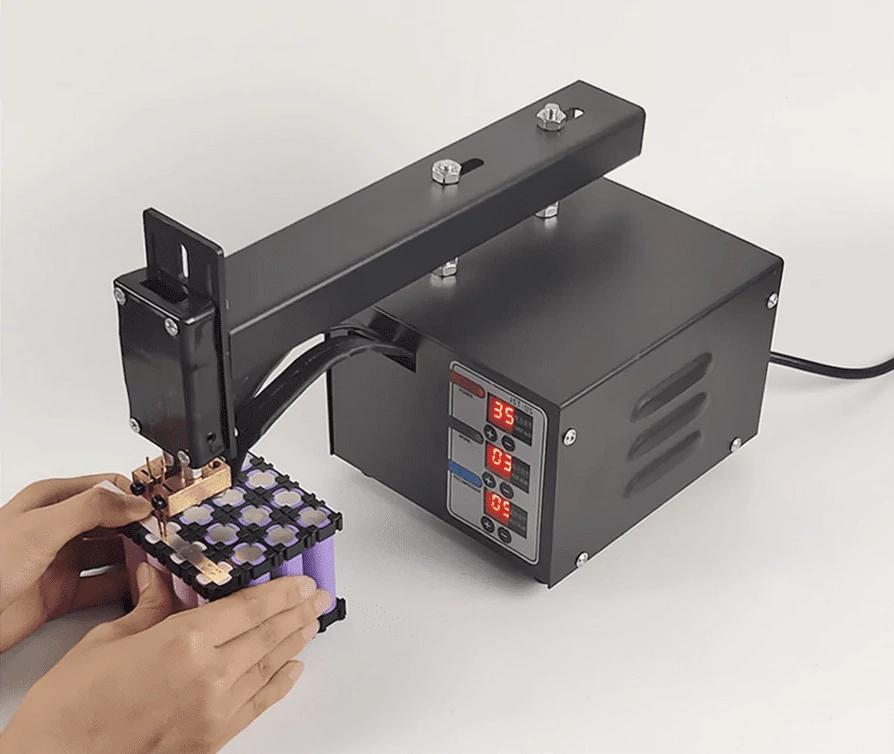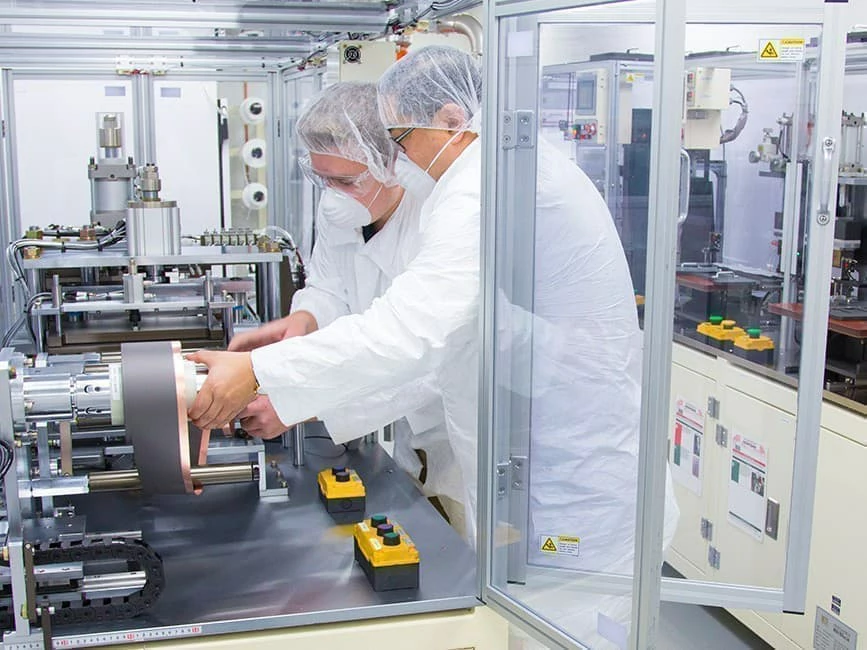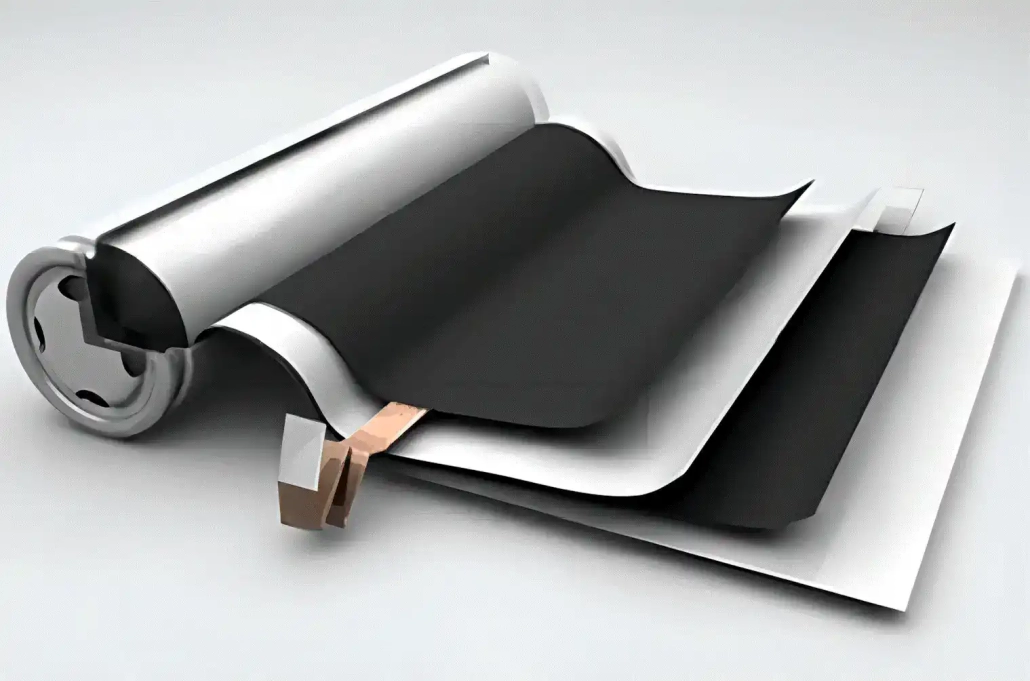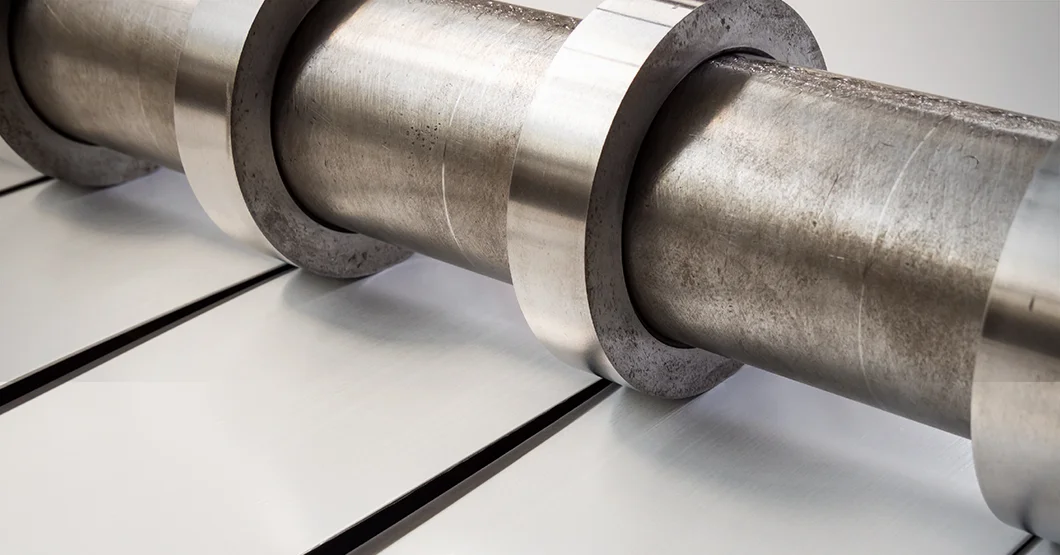Motorcycle Start-Stop Battery Calendering Process: Balancing Power and Reliability
main content
The motorcycle start-stop battery calendering process is a critical manufacturing step designed to meet the extreme demands of high-power applications. Unlike standard batteries, these systems must deliver instant current bursts (200–300 A) during engine ignition while maintaining ultra-low internal resistance (<5 mΩ) and exceptional cycle stability. Through advanced calendering techniques, manufacturers achieve precise control over electrode structure, conductivity, and mechanical integrity—key factors that define performance in start-stop systems.
1. Ultra-Thin Coating Design: Minimizing Resistance, Maximizing Efficiency
To ensure rapid energy release, the anode coating thickness is tightly controlled between 50–100 μm. This thin yet dense structure reduces electron transport distances while integrating high-conductivity additives like carbon nanotubes or graphene at 20%–50% weight ratios. Such optimization lowers resistance without compromising energy density, achieving surface capacities ≥4 mAh/cm². For example, graphite anodes with 30% conductive additives demonstrate 15% lower impedance compared to conventional designs, directly enhancing cold-cranking performance in motorcycles.
Thermal stability is equally vital. Electrodes undergo pre-heating at 90–120°C before calendering to soften binders, ensuring uniform particle distribution. This step minimizes micro-cracks and maintains adhesion between active materials and current collectors, even under repeated high-current stress.
2. Low Rebound Control: Ensuring Structural Consistency
Post-calendering electrode rebound—a common cause of performance degradation—is suppressed to <0.8% through heated roller systems. By maintaining rollers at 110–160°C, the process reduces residual stress in compressed materials, preventing delamination or porosity fluctuations. For instance, nickel-rich cathodes treated with thermal calendering show 40% less capacity fade after 1,000 cycles compared to cold-rolled counterparts.
Advanced roller profiling further addresses edge-over-compaction issues. Convex-shaped rollers apply higher pressure at electrode edges, balancing density gradients and eliminating localized stress points. This uniformity ensures consistent electrolyte infiltration, critical for maintaining ionic conductivity during rapid charge-discharge cycles.
3. Real-Time Defect Detection: Safeguarding Against Failures
Integrated machine vision systems scan electrode edges at 120–200 frames/sec to detect micro-burrs (>10 μm). Using AI-driven algorithms, defects are flagged if burr height exceeds 50% of separator thickness (typically 16–25 μm), preventing internal short circuits during cell winding. For example, systems equipped with infrared sensors can identify sub-surface cracks undetectable by conventional cameras, reducing defect escape rates by 99.7%.
Automated feedback loops adjust calendering pressure and speed dynamically. If anomalies like thickness deviations (±2 μm) or coating fractures are detected, parameters are recalibrated within milliseconds. This closed-loop control minimizes scrap rates (<0.3%) while ensuring every electrode meets stringent automotive safety standards.
Why Precision Matters: From Production to Performance
Optimized calendering directly impacts battery longevity and reliability:
Instant Power Delivery: Ultra-low resistance (<3 mΩ) enables 300 A pulses for 10 seconds, critical for motorcycles in cold climates.
Cycle Life Extension: Rebound-controlled electrodes retain 95% capacity after 5,000 start-stop cycles, outperforming traditional designs by 30%.
Safety Assurance: Defect-free electrodes reduce thermal runaway risks, complying with UN38.3 and IEC 62133 certifications.
As electric motorcycles evolve, innovations like dry-electrode calendering and solid-state compatibility will further refine this process, setting new benchmarks for power density and sustainability.

START-STOP LITHIUM battery
Enov start-stop battery is designed to provide excellent performance for high-demand start-stop vaehicles. It adopts the third-generation intelligent lithium platform architecture to achieve technological breakthroughs in core indicators such as cycle life, environmental adaptability and energy density. Compared with the traditional lead-acid battery system, the energy efficiency is increased by 210%, the cycle life is extended by 8-10 times, and the monthly self-discharge rate is controlled within 3%. Enov's unique low-temperature battery technology makes a breakthrough in achieving stable output in the whole climate domain from -30℃ to 65℃, maintaining more than 90% of the effective capacity release under extremely cold conditions (-30℃), and maintaining 90% of the capacity in high temperature environments (65℃).
The start-stop battery series products cover the mainstream voltage platform of 12V/24V/48V, and support flexible configuration of LFP (lithium iron phosphate) and NCM (lithium nickel cobalt manganese oxide) dual-material system. All models adopt modular design to support customization of different model specifications. Enuo engineering and technical team to provide full cycle technical service support, if you need, please contact us.
Other products
UAV BATTERY
LITHIUM ENERGY STORAGE BATTERY
QUICK INQUIRY
FAQ
Access to high frequency technical questions with one click, get accurate answers on product application, after-sales policy and customization process.
Service and Support
Get the latest product specifications, explore professional OEM/ODM customization services, click to open exclusive technical support and production solutions.
Become a Partner
We sincerely invite resources to interconnect, work together for win-win development, and immediately open a new chapter of strategic cooperation!
